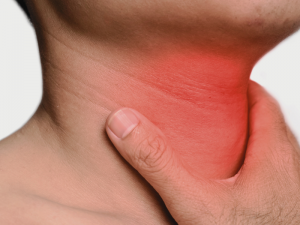Following on from a previous post (osteopathic treatment is different) here are 5 more reasons the osteopathic approach to healthcare and wellbeing is different.
- When osteopaths treat a person, we are mindful of not just all the anatomy under our hands; muscles, bones, organs, tissues, nerves, blood vessels, but the person in our treatment room. Understanding the difference between optimal function and abnormal structure is essential to make a useful diagnose, but collaboration with the person is essential to create an effective treatment plan and produce a meaningful change a patient’s symptoms.
- Osteopathic treatment is bespoke and customised based on what is happening to the individual patient at that time. No two patients with the same condition will be treated with the same prescription because they are individuals. That’s part of the reason research is tricky and getting the scientific evidence that many people require to give us a broader scope of practice continues to be a head-scratching dilemma. However, we are a safe effective healthcare provider recognised by NHS England as allied health professionals
- Osteopaths commit to lifelong learning, continual professional development or CPD is a fundamental part of our ongoing registration. There is always more to explore and learn about how people bodies and minds work, techniques to practice or refine, and medical advances to discover and essential updates too. Our founders and the elders of the profession were lifelong students of holistic health,
- Osteopaths are best known for treating a wide variety of joint and muscle problems principally back pain, but we treat and manage more than just back pain, many works in specialised areas such as paediatrics or geriatrics, with elite athletes or have a focus on sports injuries or headaches, some become men’ or women’s health specialists.
- Most work as the local family or community practitioner treating people of all ages, from infants to the elderly, and treating acute injuries and supporting people with chronic conditions too. Some Osteopaths offer domiciliary visits or get called out to home emergencies, I have managed my fair number of ‘turkey incidents’, a spasmed back getting a large roast out of the oven and treating a patient stuck on their bathroom floor after an injury. My youngest patient to date was 6 hours old and my oldest 95.
Summary
Obviously, I am biased, but if you’re looking for an alternative safe, effective, drug-free and practical approach towards hands-on treatment osteopathy is one way forward. The treatment I received from osteopaths was the one thing that made a significant difference to my health and wellbeing, and the reason I changed career.
SaveSave







